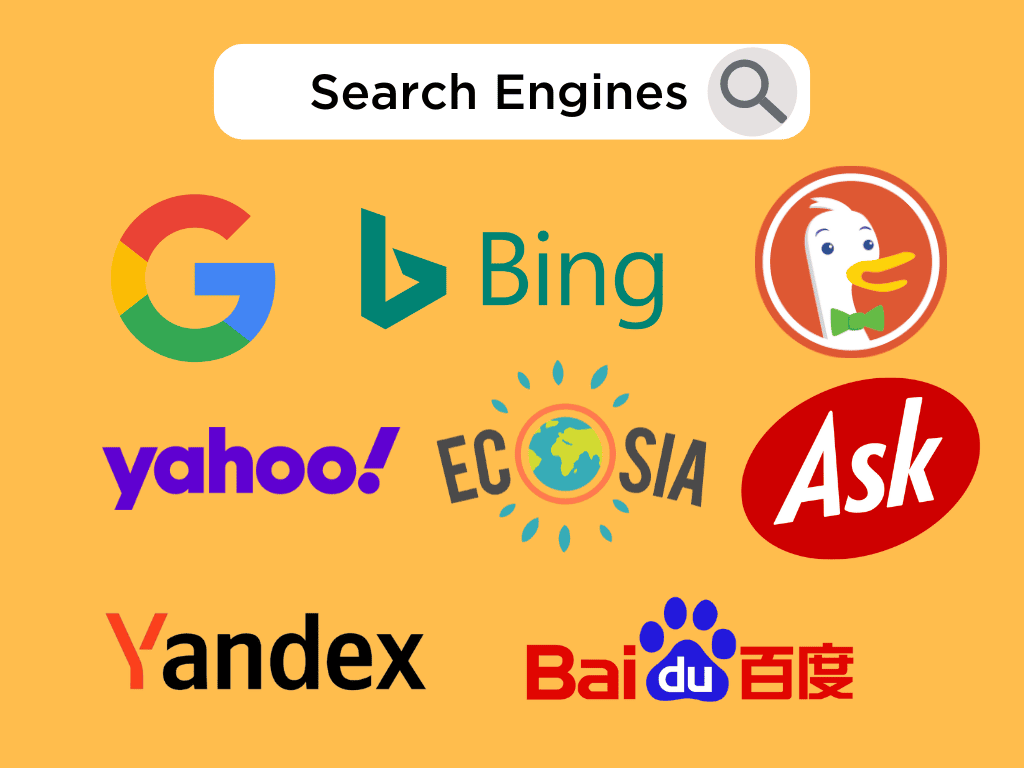· 3 min read
The Ultimate SEO Checklist for 2025: Boost Your Website's Rankings
Dominate search results in 2025 with this comprehensive SEO checklist covering keyword research, on-page optimization, technical SEO, content strategy, and link building

Want to dominate the search results in 2025? With search algorithms constantly evolving, your SEO strategy needs to be sharper than ever. This ultimate SEO checklist covers everything you need to know to improve your rankings and drive more organic traffic to your website. Use it as a quick reference guide for your ongoing SEO efforts.
1. Keyword Research & Intent Mapping
- Identify Core Keywords: Use tools like Google Keyword Planner, Ahrefs, or SEMrush to find high-volume, relevant keywords.
- Understand User Intent: Categorize keywords by intent (informational, navigational, transactional, commercial investigation) to tailor content.
- Target Long-Tail Keywords: Capture niche traffic with more specific, multi-word phrases.
- Local Keyword Integration: For local businesses, include city/region names (e.g., “web design Vancouver”).
2. On-Page Optimization Essentials
- Compelling Title Tags: Craft unique, keyword-rich titles (under 60 characters) for every page.
- Engaging Meta Descriptions: Write concise, persuasive descriptions (under 155 characters) to encourage clicks.
- Strategic Header Tags (H1-H6): Structure content logically with one H1 per page, using keywords naturally.
- Clean URL Structures: Use short, descriptive, and keyword-friendly URLs.
- Image Optimization: Add descriptive
alttext to all images and compress them for faster loading. - Content Quality & Depth: Ensure content is comprehensive, accurate, and provides real value to the reader.
- Internal Linking: Link relevant pages within your site to improve navigation and distribute link equity.
3. Technical SEO Health Check
- Mobile-Friendliness: Verify your site is responsive and performs well on all devices using Google’s Mobile-Friendly Test.
- Site Speed Optimization: Improve loading times by optimizing images, leveraging browser caching, and minimizing code (CSS, JS).
- HTTPS Security: Ensure your website uses an SSL certificate for secure connections.
- Crawlability & Indexability: Check
robots.txtand XML sitemap. Monitor Google Search Console for crawl errors. - Structured Data (Schema Markup): Implement relevant schema to help search engines understand your content better (e.g., LocalBusiness, Product, FAQ).
4. Content Strategy & Freshness
- Content Calendar: Plan and schedule regular content creation (blog posts, articles, guides).
- Content Audits: Periodically review existing content for accuracy, relevance, and opportunities for updates or expansion.
- User Engagement: Monitor metrics like bounce rate and time on page to gauge content effectiveness.
- Multimedia Integration: Use videos, infographics, and interactive elements to enhance engagement.
5. Off-Page SEO & Authority Building
- Backlink Profile Management: Focus on earning high-quality, relevant backlinks from authoritative sites.
- Local Citations & Reviews: For local businesses, ensure consistent NAP (Name, Address, Phone) across directories and actively manage online reviews.
- Social Media Presence: While not a direct ranking factor, social media can drive traffic and increase brand visibility.
Conclusion
This SEO checklist provides a solid framework for improving your website’s search performance. Remember, SEO is an ongoing process that requires consistent effort and adaptation to algorithm changes. By regularly reviewing and implementing these best practices, you can significantly enhance your online visibility and attract more potential customers.
Need a deeper dive or expert assistance with your SEO strategy? Contact Y5 Web Studio for a comprehensive audit and tailored action plan to boost your rankings.




